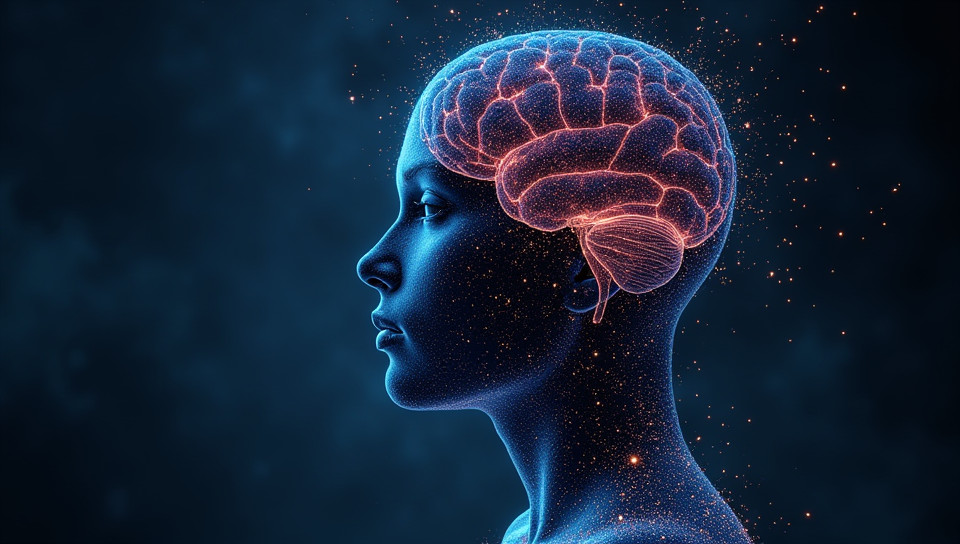Thought patterns can help control seizures 61%

Thought Patterns and Seizure Control: Unlocking the Power of the Mind
For individuals living with epilepsy, managing seizures is a daily challenge that requires a multifaceted approach. While medication and lifestyle changes are crucial components of seizure management, research has shown that thought patterns can play a significant role in controlling seizures.
Understanding Epilepsy and Seizure Triggers
Epilepsy is a neurological disorder characterized by recurrent seizures, which can be caused by various factors such as genetics, head trauma, infections, or tumors. While each person's experience with epilepsy is unique, certain thought patterns have been identified that may contribute to seizure activity.
The Connection Between Thoughts and Seizures
Studies have demonstrated that individuals with epilepsy tend to exhibit distinct cognitive patterns before a seizure occurs. These include:
- Rumination: repetitive negative thinking
- Dissociation: feeling detached from one's body or surroundings
- Anxiety and stress
- Emotional suppression
- Hypervigilance: being overly alert and attentive
How Thought Patterns Contribute to Seizures
Research suggests that these thought patterns can contribute to seizures in several ways:
- Increased electrical activity: Stress, anxiety, and other negative emotions can stimulate the brain's electrical activity, making it more susceptible to seizure triggers.
- Disrupted neural communication: Thought patterns like rumination and dissociation can disrupt normal neural communication, leading to abnormal electrical activity in the brain.
Strategies for Managing Thought Patterns
While thought patterns are not the sole cause of seizures, they can be addressed through various techniques:
- Mindfulness and meditation: Regular mindfulness practice has been shown to reduce stress and anxiety levels, potentially reducing seizure frequency.
- Cognitive-behavioral therapy (CBT): CBT can help individuals identify and challenge negative thought patterns, promoting more adaptive coping mechanisms.
- Journaling and self-awareness: Keeping a journal or practicing self-awareness can help individuals recognize patterns of negative thinking and take steps to address them.
Conclusion
While thought patterns are not the sole cause of seizures, they can play a significant role in their management. By recognizing the connection between thoughts and seizures, individuals with epilepsy can work towards developing more adaptive coping strategies, potentially reducing seizure frequency and improving overall quality of life.
- Created by: Mikołaj Krawczyk
- Created at: Nov. 2, 2024, 2:58 p.m.
- ID: 15376





